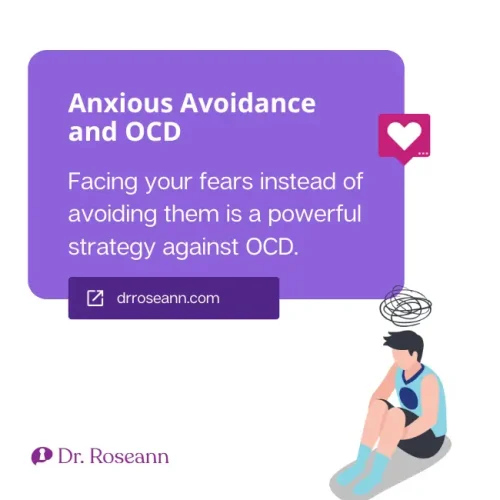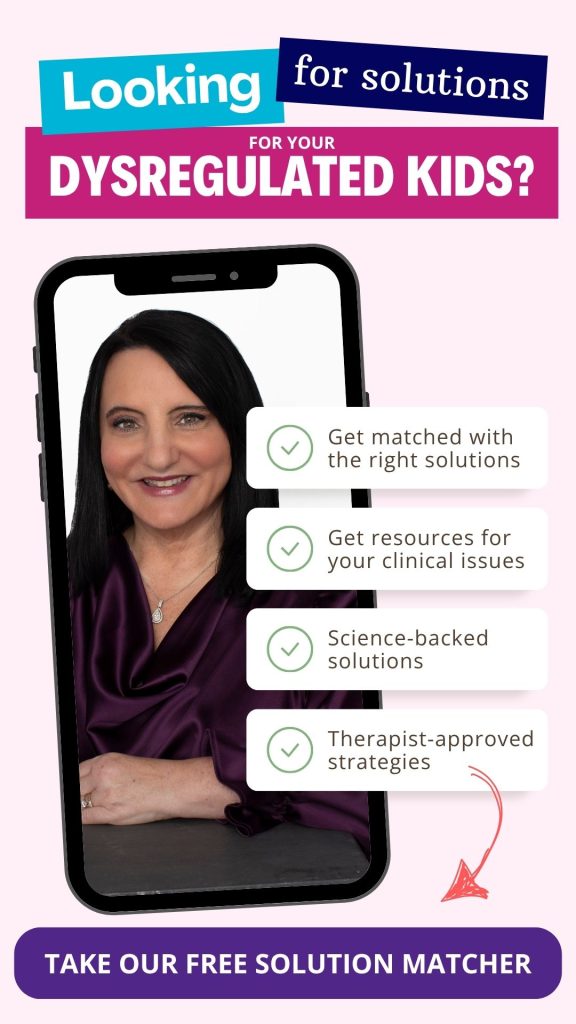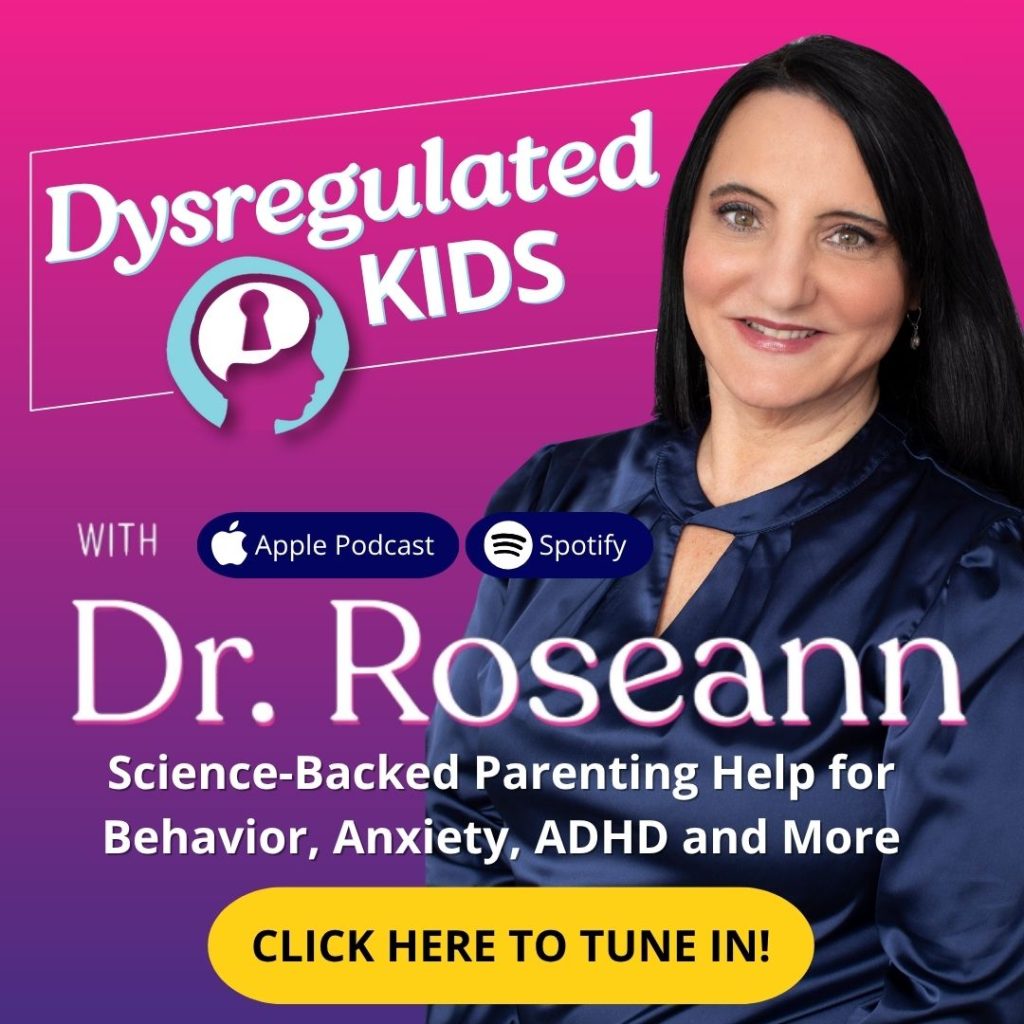Estimated reading time: 8 minutes
OCD compulsions can quietly take over your child’s day, turning simple moments into struggles.
They trap the brain in anxiety, making it difficult to focus and keep calm.
But with consistent support and clear strategies, you can help your child stop compulsions and reclaim their balance.
Let’s dive in together and uncover practical steps that really work.
What are OCD Compulsions?
OCD isn’t just about neatness. When your kid is caught in those compulsions, you realize how heavy the weight really feels.
Obsessive-Compulsive Disorder (OCD) has two core parts:
- Obsessions: unwanted, intrusive thoughts, urges, or images that trigger anxiety
- Compulsions: repetitive behaviors or mental rituals to relieve it or avoid harm
Compulsions are your child’s way of coping, even when they don’t seem logical. However, they can look different for every child.
Some common ones include:
- Excessive handwashing
- Repeatedly checking things
- Counting or repeating phrases silently
- Lining up objects until they feel “just right”
- Mentally reviewing or praying to undo a “bad” thought
Even if your child knows the compulsion won’t stop something bad, it still feels like the only way to ease the fear in that moment.
These behaviors come from a brain stuck in a stress loop. Your child isn’t being defiant—they’re just trying to feel safe. And yes, we can teach them healthier ways to cope.
How Do OCD Compulsion Form a Habit in the Brain?
OCD compulsions don’t just pop up randomly—they’re built through a powerful brain loop.
Here’s how the cycle usually goes:
- An intrusive thought sparks anxiety.
- A compulsion follows to reduce that discomfort (Stein et al., 2019).
- Relief sets in (but only for a moment).
- The brain takes note of the compulsion and locks in that response.
- The behavior gets repeated.
- Eventually, it becomes automatic.
- Now the brain defaults to the compulsion—even when your child knows it doesn’t truly help.
This is negative reinforcement at work. Each time the behavior provides even a sliver of relief, it strengthens the brain’s belief that it’s necessary.
But here’s the thing: that relief is temporary. The fear keeps coming back, and the cycle rolls on.
The truth? These behaviors aren’t about control or perfection. They’re your child’s desperate attempt to feel safe in a moment when everything feels scary.
The good news—yes, there’s hope. We can help kids break that loop.
When we calm the brain, we create space for healthier habits to take root. Healing starts with regulation.
How Can I Identify My Child’s OCD Triggers?
OCD triggers can be subtle—sometimes a place, a thought, or even a mood shift. But they all spark fear that leads to rituals.
Steps to Identify Triggers:
- Track patterns. Jot down when rituals happen, what came before, and how your child felt.
- Talk it out. Ask about their thoughts or urges before a compulsion.
- Get expert help. An OCD specialist can uncover hidden triggers.
By pinpointing triggers, you can help your child anticipate and manage their responses more effectively.
Lorem ipsum dolor sit amet, consectetur adipiscing elit. Ut elit tellus, luctus nec ullamcorper mattis, pulvinar dapibus leo.
What Can You Do to Stop OCD Compulsions?

Stopping OCD compulsions means teaching the brain a new way to respond to fear. You’re helping your child learn that they don’t need the ritual to feel okay.
That healing path involves:
- breaking the cycle of negative reinforcement
- creating new, healthier patterns of coping with obsessive thoughts
It’s not always easy, but with steady support, the right strategies, and a whole lot of patience—it is absolutely possible.
What are 13 Effective Strategies to Stop OCD Compulsions?
Stopping OCD compulsions requires patience and practice, but the right strategies can help your child regain control.
Here are 13 strategies that work:
1. Identify Triggers
Recognize what sparks your OCD compulsions—thoughts, feelings, situations, or objects. Common triggers include:
- Thoughts and Emotions: Fear, uncertainty, or specific intrusive thoughts.
- Situations: Public places or social scenarios.
- Objects: Door handles, personal items.
- Sensory Stimuli: Sounds, smells, textures.
- Internal Body Sensations: For somatic OCD, physical sensations.
- Routine Changes: Unexpected events or alterations in daily life.
Use mindful observation or journaling to note triggers. Managing responses—either avoiding or coping—can reduce compulsive urges.
2. Delay and Distract
When urges arise, wait 5 to 10 minutes before acting. During this time, fully engage your mind with:
- A hobby (drawing, music, gardening)
- Physical exercise (walking, yoga)
- Mental challenges (puzzles, strategy games)
This helps the urge fade and breaks the cycle of negative reinforcement.
3. Resist Rituals
Start with less intense compulsions and consciously avoid performing them by:
- Walking away or redirecting your attention
- Using self-talk to challenge the compulsion
- Engaging fully in another activity or conversation
- Build resistance gradually toward tougher compulsions.
4. Postpone the Ritual
Tell yourself you can perform the compulsion later. Delaying reduces urgency and increases your control over urges.
5. Change Some Aspect of The Ritual
Disrupt compulsive patterns by altering the ritual:
- Change the number of repetitions
- Modify the method (e.g., wash hands differently)
- Alter the order of steps
Breaking automatic routines weakens the compulsion’s hold.
6. Shorten the Ritual
Gradually reduce the time or intensity spent on compulsions—for example, check locks for less time, shortening it steadily until the compulsion stops.
7. Slow Down the Ritual
Perform rituals more slowly and mindfully to increase awareness:
- Consciously slow each step
- Focus on each movement or thought
This interrupts the automatic flow and makes stopping easier.
8. Challenge Obsessive Intrusive Thoughts
Question irrational beliefs driving compulsions by:
- Rational Evaluation: Assess the realistic probability of the feared outcome actually happening.
- Fact-Checking: Compare your fears with factual information or statistical data.
- Pros and Cons Analysis: Consider the actual effectiveness of the compulsion in preventing feared events versus its impact on your life.
- Thought Replacement: Replace irrational thoughts with more balanced, realistic ones (Rosa-Alcázar et al., 2021).
- Mindfulness Practices: Observe these thoughts non-judgmentally, recognizing them as just thoughts, not truths.
9. Make Lifestyle Changes
Adopt habits that support brain health and reduce anxiety:
- Regular exercise (walking, swimming)
- Balanced, nutrient-rich diet
- Consistent, quality sleep
- Social connections and enjoyable hobbies
These non-medication approaches can build healthy habits that calm the brain.
10. Practice Daily Stress Management
Reduce stress through calming practices such as:
- PEMF therapy (brain and body calming)
- Supplements like magnesium and inositol
- Mindfulness meditation
- Yoga or Tai Chi
- Deep breathing exercises
- Daily relaxation activities (reading, music)
11. Don’t Give In To Avoidance

Face fears gradually to reduce anxiety:
- Use gradual exposure in manageable steps
- Stay present instead of distracting or escaping
- Celebrate your progress and resilience
12. Stop Seeking Reassurance
Build independence from others’ reassurance by:
- Developing self-soothing techniques
- Setting boundaries about reassurance
- Trusting your judgment and coping skills
13. Build Stress Tolerance
Improve your ability to handle anxiety with:
- Exposure and Response Prevention (ERP) (Hezel & Simpson, 2019)
- Resilience-building activities
- Anxiety management techniques like cognitive restructuring or acceptance and commitment therapy
Clinical psychologist and OCD expert Dr. Jonathan Abramowitz highlights ERP’s proven track record, calling it “one of the great success stories within the field of mental health”.
By consistently applying these strategies with patience—and ideally under the guidance of a licensed mental health professional—you can make meaningful progress.
Remember, overcoming OCD is a marathon, not a sprint. Every small victory counts.
Parent Action Steps
FAQs
How can I tell what triggers my child’s OCD compulsions?
Look for specific thoughts, feelings, situations, or objects that consistently lead to compulsive behaviors. Keeping a journal of these moments can help identify patterns.
How to deal with compulsions in OCD?
Use strategies like delaying the compulsion, distracting with activities, resisting rituals gradually, and challenging obsessive thoughts to reduce compulsive behaviors.
How can I help my child challenge obsessive thoughts?
Teach them to question the likelihood of feared outcomes, replace irrational thoughts with balanced ones, and observe their thoughts without judgment.
When should I seek professional help for my child’s OCD?
If compulsions significantly disrupt daily life or cause distress, working with a licensed mental health therapist experienced in OCD is important for tailored support and treatment.
Citations:
Hezel, D. M., & Simpson, H. B. (2019). Exposure and response prevention for obsessive-compulsive disorder: A review and new directions. Indian journal of psychiatry, 61(Suppl 1), S85–S92. https://doi.org/10.4103/psychiatry.IndianJPsychiatry_516_18
Rosa-Alcázar, Á., García-Hernández, M. D., Parada-Navas, J. L., Olivares-Olivares, P. J., Martínez-Murillo, S., & Rosa-Alcázar, A. I. (2021). Coping strategies in obsessive-compulsive patients during Covid-19 lockdown. International journal of clinical and health psychology : IJCHP, 21(2), 100223. https://doi.org/10.1016/j.ijchp.2021.100223
Stein, D. J., Costa, D. L. C., Lochner, C., Miguel, E. C., Reddy, Y. C. J., Shavitt, R. G., van den Heuvel, O. A., & Simpson, H. B. (2019). Obsessive-compulsive disorder. Nature reviews. Disease primers, 5(1), 52. https://doi.org/10.1038/s41572-019-0102-3
Dr. Roseann is a mental health expert who frequently is in the media:
- Insider: What is OCD?
- What to Expect: Why Does My Toddler Keep Pulling Her Own Hair?
- Parade: Why Does My Toddler Keep Pulling Her Own Hair?
- Single Care Controlling the uncontrollable: Living with OCD during a pandemic
- Holistic Counseling Podcast: Effective Treatments for OCD
- Epidemic Answers: Neurofeedback for ADHD, anxiety, OCD and mood
- Cai Grahm: Is it anxiety or OCD?
- BCIA: Calming the OCD Brain with Neurofeedback and ERP Therapy
- Integrative Practitioner: Integrative Approaches to Treating OCD
- HappiHuman: Is it an Eating Disorder or OCD
Are you looking for SOLUTIONS for your struggling child or teen?
Dr. Roseann and her team are all about science-backed solutions, so you are in the right place!
Grab your copy of











